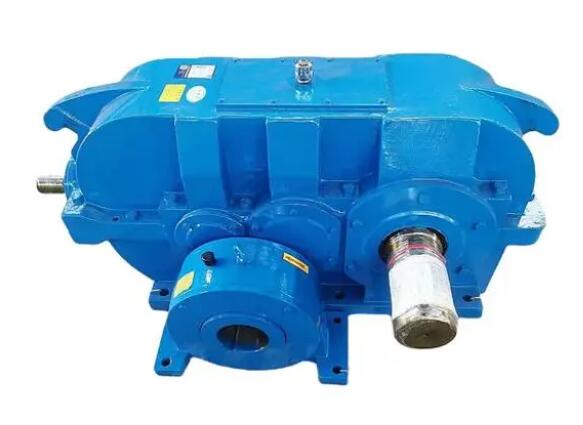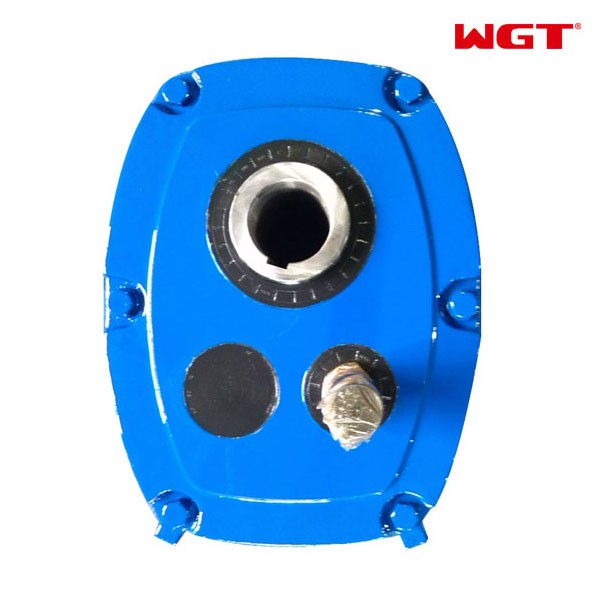What are the common cases of abnormal noise in WHS180-50-2 worm gear reducer
The following are some common cases of abnormal noise in worm gear reducers, and the principles of these cases also apply to the WHS180-50-2 model reducer:Poor lubrication leads to abnormal noise: The gearbox of a certain food processing enterprise produces abnormal noise after running for a period of time. After inspection, it was found that the amount of lubricating oil was insufficient, the oil level was below the specified mark, and there was a lack of sufficient oil film protection when the worm gear and worm gear were engaged, resulting in metal friction sound. There is also an abnormal temperature rise accompanied by high-frequency whistling in the gearbox of a certain automobile parts factory. After disassembly, it was found that the viscosity of the lubricating oil had significantly decreased, and an effective lubricating film could not be formed, resulting in direct contact between the worm gear and the worm gear tooth surface, causing scraping noise.
Abnormal noise caused by assembly accuracy issues: The reducer of a mining machinery produces periodic knocking sounds during operation after installation. Upon inspection, it was found that the axial clearance of the worm gear exceeded the normal range, reaching 0.15mm (which should be relatively small), resulting in a sudden increase of 12 decibels in the no-load noise level. In addition, when the reducer of a certain steel enterprise's conveyor line rotates in reverse, the output shaft coupling moves axially and produces regular impact sounds due to excessive clearance between the keyway, which can even cause cracking of the bearing seat after long-term operation.

Abnormal noise caused by wear or damage of parts: The noise and vibration amplitude of the vertical mill reducer in a cement plant gradually increase during operation. After inspection, there was significant wear on the tooth surface of the worm gear and worm, and the meshing clearance increased from the standard value, resulting in increased operating noise. The reducer of a certain industrial robot emitted periodic impact sounds during operation due to wear of the bearing raceway, and the body temperature also increased. After replacing the bearings, it resumed smooth operation.
Load related issues lead to abnormal noise: In the transmission system of cement plant ball mills, when the instantaneous overload exceeds a certain proportion of the rated value, the contact stress on the worm gear tooth surface increases sharply, and the reducer produces a cracking sound. This high-frequency impact sound is often a precursor to tooth breakage accidents. After running for a period of time, the packaging equipment in a certain factory suffered from wear and tear on the worm gear due to long-term overload operation, which led to severe noise problems.




